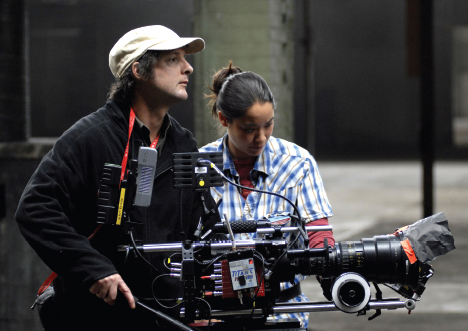New Uncertainties in the Digital Age
Printed Page 216

The dawn of the Digital Age has vastly changed the economics driving the film industry—presenting new uncertainties, bringing in new entities that are now competing for movie viewers’ attention, and forcing studios to radically rethink their business models. For instance, as broadband Internet service connects more households, movie fans are more likely to download movies from the Web than drive to a theater or buy or rent a DVD. In 2008, Apple’s iTunes Store began offering new movie rentals from all of the major studios for just $3.99 per movie. That same year, online DVD rental service Netflix began offering their streaming service, while the parent companies of Universal Studios and Twentieth Century Fox launched Hulu. Even some mobile phone makers are muscling into the movie business—positioning their phones as devices for playing short movies and distributing them to friends throughout users’ online social networks.
Digitizing movies for the big screen has posed additional challenges for studios. As Hollywood began making more 3-D films (the latest form of product differentiation), studios have had to subsidize theater chains’ installations of new projection systems. More than 12,620 3-D screens had been installed in the United States by 2012.4